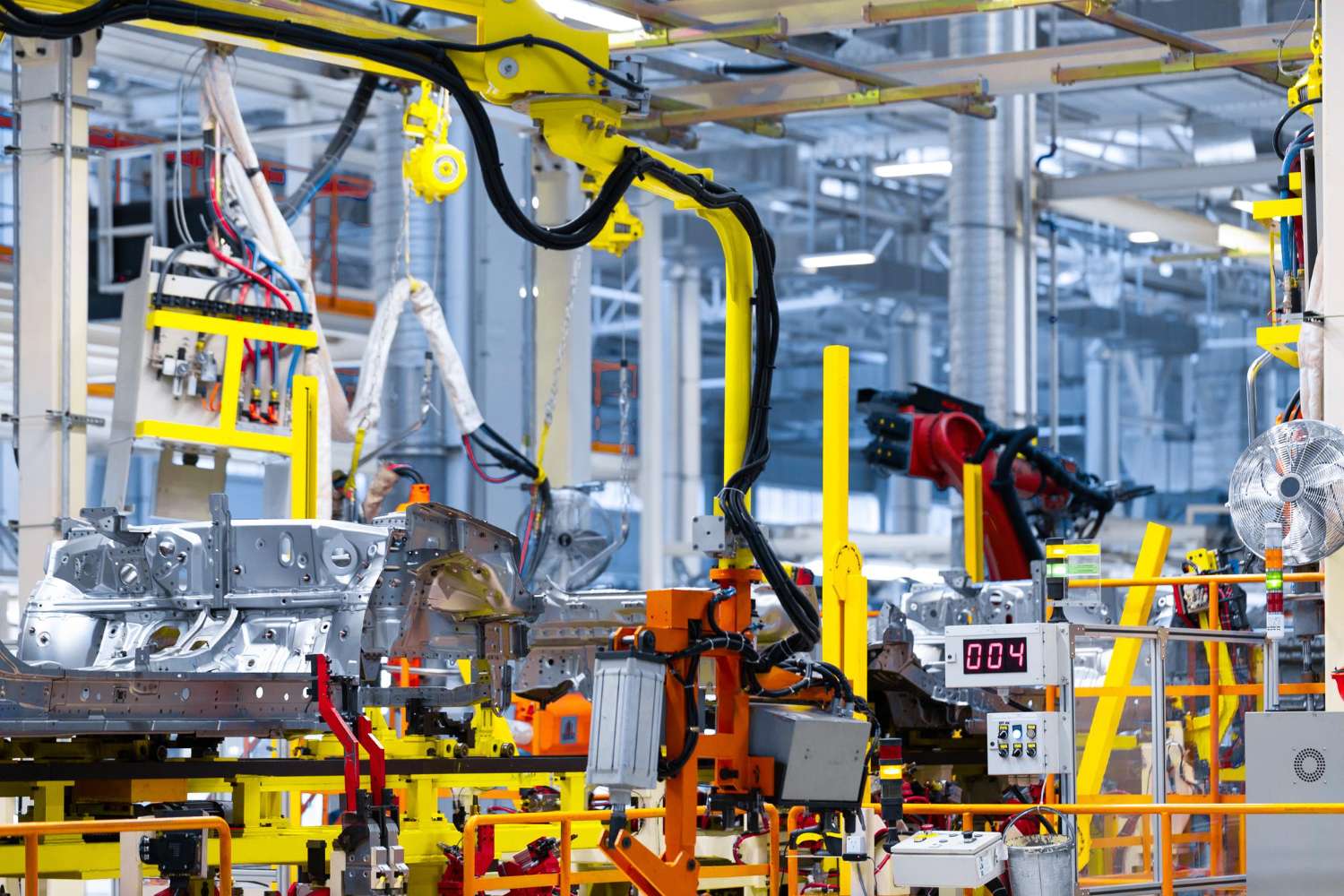In the robotic world, machines need sensors to perform a proper operation. Different sensors can be combined to increase the adaptability of robots. Thanks to the force-torque sensors and cameras integrated in the Corobots, it has been possible to have a better perspective of the operations and at the same time provide a safer workspace. This suggests that it is a good idea to increase the number of different sensors that can be integrated into the robotic cell.
2D Vision
2D vision is a video camera that can perform many different tasks, from detecting motion to locating a part on a conveyor. 2D vision has been integrated with robots for a long time. Many smart cameras can detect parts and coordinate the part position for the robot, adapting its movements according to the information it receives.
3D Vision
3D vision is a much newer phenomenon compared to 2D vision. A three-dimensional vision system must have 2 cameras or laser scanners at different angles. This way, the third dimension of the object can be perceived. Again, many applications use 3D vision. For example, 3D vision can be used to detect objects in a box and to reconstruct, analyze and optimally select the part in 3D.
Force-Torque Sensor
Vision gives the robot’s eyes, while force-torque sensors give the robot a sense of touch. Here the robot uses the force-torque sensor to know the force that its arm exerts at the end. Usually the FT sensor is placed between the robot and the vehicle. This way, all the forces applied on the vehicle are monitored. Applications such as assembly, hand guidance, training and force limiting can be realized with this device. For example, what if you want to know if the robot has collided with something or someone? The next type of sensor answers all these questions.
You May Be Interested Force Sensor
Collision Detection Sensor
This type of sensor can take different forms. The main applications of these sensors are to provide a safe working environment for human workers, so corobots are likely to use them. Some sensors can be some kind of tactile recognition systems that, when pressure is detected on a soft surface, send a signal to limit or stop the robot’s movements. You may also see this type of sensor integrated directly into the robot. Some companies use accelerometers while others use current feedback. In both cases, an emergency stop is made when an abnormal force is detected by the robot. This provides a safer environment. However, you can still be pushed by the robot before it stops, right? The safest environment is one where there is no risk of collision.
Safety Sensors
With the introduction of industrial robots in collaborative mode, the industry has had to find a way to protect its workers. These sensors can really come in many different forms. From cameras to lasers, a safety sensor is designed to let the robot know that there is a presence around it. Some safety systems are configured to slow down the robot’s speed when the worker is within a certain area or space and stop when the worker gets too close. A laser beam on a garage door is a simple example of a safety sensor. If the laser detects an obstacle, the door immediately stops and goes backwards. This can be a good comparison to how safety sensors are in the robotics industry.
You may be interested in:Laser Area Scanner
Part Detection Sensors
In applications that require you to pick up parts, it is probably not possible to be sure whether the gripping is on a part or simply missed (unless you have a vision system yet!). Here, a part detection application detects an error if a part is missed in the gripping process and repeats the process to make sure the part is gripped well.
Other Sensors
Of course, there are many different sensors that can be installed in your robotic cell that are specific to your application. Many sensors, a good example is in welding operations where a specialized sensor is needed that can do seam tracking. Tactile sensors are also becoming more popular these days. This type of sensor is most often attached to a grip and senses and feels what is inside it. Sensors can usually detect forces and plot a vector array with the force distribution. This shows the exact position of an object and allows you to control the position and grip force of the last impressive force. Some haptic sensors can also detect temperature change.
Finally, sensors are essential components of using software intelligence. Without such sensors, advanced operations would not be possible. Although sensors bring many complexities to the operation, they provide good control during the process.

